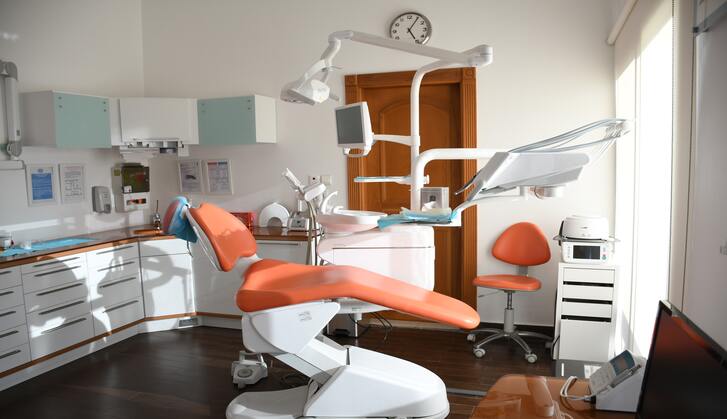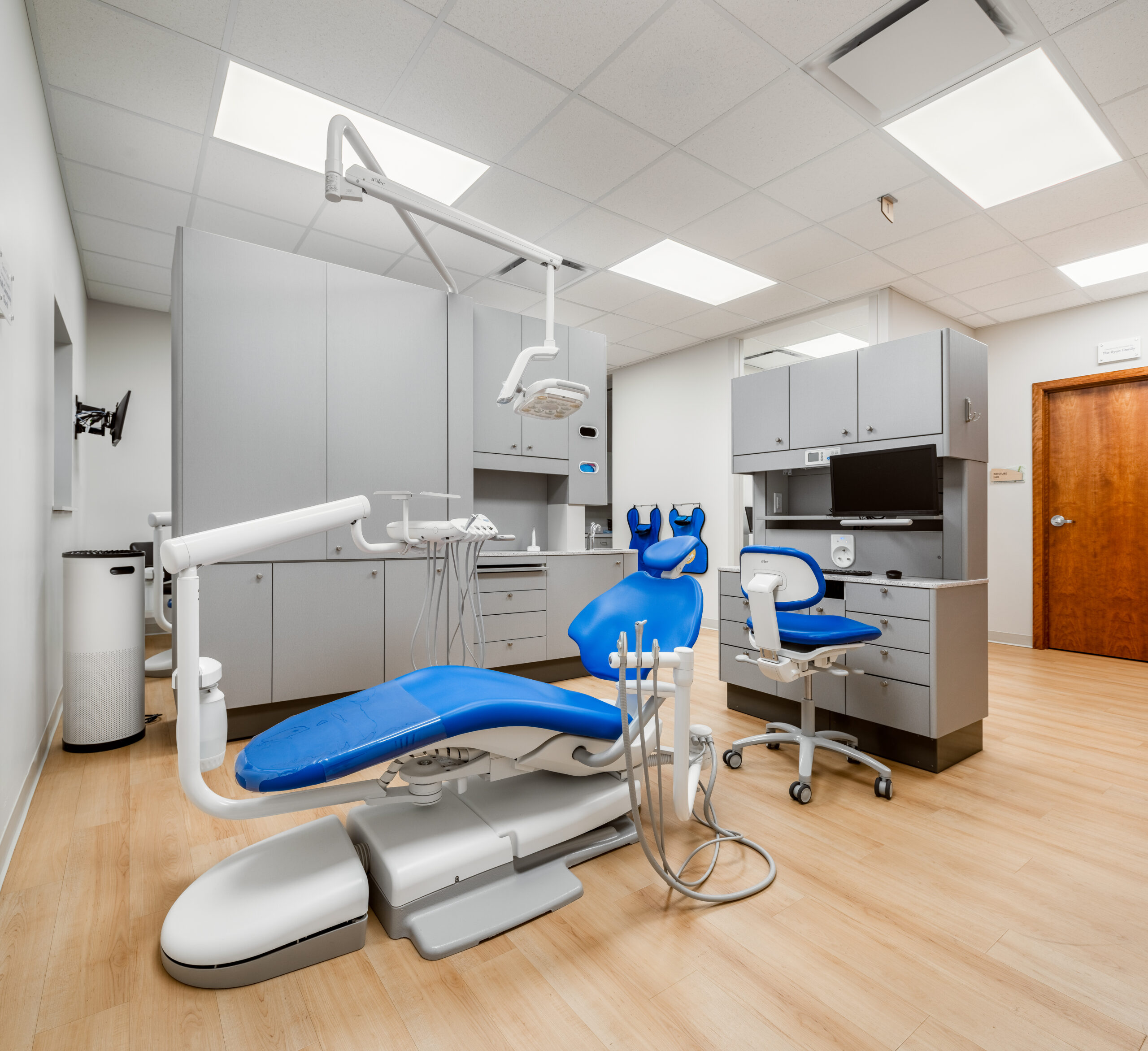Check Out the Leading Dentist Clinic Lakeshore for Exceptional Dental Solutions
Check Out the Leading Dentist Clinic Lakeshore for Exceptional Dental Solutions
Blog Article
Recognizing the most up to date Developments in Dental Care and Their Effect on Person Care
The landscape of dental care is undergoing a transformative change, driven by advancements such as electronic imaging technologies, 3D printing, and minimally intrusive strategies. These advancements not just optimize analysis and treatment methods however also enhance the general individual experience by cultivating more clear communication and prompt outcomes. The surge of tele-dentistry is bridging spaces in access to care, especially for underserved neighborhoods. As these developments unfold, it ends up being imperative to think about exactly how they improve person relationships and influence decision-making in oral health and wellness monitoring. What effects might these adjustments hold for the future of oral care?
Digital Imaging Technologies
Recently, electronic imaging technologies have changed the area of dentistry, boosting diagnostic capabilities and therapy preparation. These developments include approaches such as electronic radiography, intraoral cameras, and cone-beam calculated tomography (CBCT), which supply premium picture high quality and reduced radiation exposure compared to conventional imaging techniques.
Digital radiography provides immediate imaging results, enabling dentists to diagnose and address oral issues much more effectively - Family Dentist Lakeshore. Intraoral cameras make it possible for thorough visualization of the oral dental caries, promoting far better interaction with patients concerning their oral health and wellness. By providing high-resolution photos, dental specialists can efficiently clarify treatment alternatives and inspire people to pursue essential care
Cone-beam calculated tomography (CBCT) has even more transformed the landscape by providing three-dimensional imaging, which is very useful for intricate cases such as dental implant planning and orthodontics. This modern technology enables for accurate anatomical assessments, significantly boosting the precision of analysis and therapy procedures.
3D Printing Technologies

Additionally, 3D printing has actually facilitated the development of detailed oral designs that help in treatment preparation and client education and learning. These designs provide a concrete depiction of complicated dental issues, cultivating better communication between dental professionals and individuals - Dental Implants Belle River. Furthermore, innovations in biocompatible materials have expanded the possible applications of 3D printing in oral implantology, enabling the production of tailored implants customized to individual anatomical demands
Furthermore, universities are progressively taking on 3D printing for training functions, allowing pupils to practice on practical versions that duplicate various professional situations. On the whole, the integration of 3D printing advancements in dental care is not only improving processes but additionally improving the top quality of treatment provided to people, marking a considerable leap forward in the field.
Minimally Invasive Techniques
The evolution of dental care is increasingly characterized by an emphasis on minimally invasive methods, which focus on patient comfort and conservation of all-natural tooth framework. These strategies intend to reduce the demand for substantial exploration and intrusive treatments, therefore improving the overall individual experience and results.
Minimally intrusive strategies include numerous methods, including air abrasion, laser dentistry, and using biocompatible materials. Air abrasion enables for the removal of decay using a stream of great particles, reducing damages to surrounding healthy and balanced tissue. Laser dental care uses focused light energy to treat tooth cavities and gum illness with accuracy, typically resulting in much less pain and faster recovery times.
In addition, developments in adhesive dental care enable more powerful bonds between oral materials and natural tooth framework, promoting reliable remediations while maintaining more of the initial tooth. This not only boosts the longevity of dental work however additionally supports the visual stability of people' smiles.
As these strategies remain to evolve, they hold the assurance of boosting individual care by minimizing stress and anxiety, lessening recovery times, and advertising better long-term oral health. Ultimately, the shift towards minimally invasive dental care represents a significant innovation in the area, lining up with contemporary healthcare worths.
Tele-Dentistry Growth
Tele-dentistry has emerged as a transformative force in the dental market, improving accessibility to care and streamlining patient-provider interactions. This ingenious technique utilizes electronic communication innovations to assist in remote appointments, medical diagnosis, and treatment preparation, internet effectively linking geographic barriers and reducing the requirement for in-person gos to.
The expansion of tele-dentistry has actually been especially helpful for underserved populations, where dental care accessibility is often restricted. Via virtual appointments, people can obtain timely examinations and guidance without the logistical obstacles of traveling to an oral office. Furthermore, tele-dentistry allows dental specialists to manage follow-up care more successfully, permitting continual monitoring of therapy progression.
Additionally, the integration of tele-dentistry right into technique has brought about boosted operational effectiveness for dental facilities. By reducing no-show prices and enhancing appointment organizing, practitioners can optimize their sources and provide much better general person treatment. As technology continues to advancement, the potential for tele-dentistry to enhance patient education and preventative care steps will just expand, promoting a positive technique to dental wellness management. Eventually, tele-dentistry represents a substantial advancement in the oral area, aligning with contemporary healthcare demands and individual expectations.
Enhancing Patient Relationships
Structure strong patient partnerships is crucial in contemporary dental care, as it cultivates trust fund and urges open communication in between oral experts and their clients. This relationship is basic for providing individualized treatment and enhancing therapy results. As developments in technology, such as tele-dentistry, remain to reshape the oral landscape, the emphasis on client relationships is much more critical than ever.

Furthermore, the combination of patient education and learning right into examinations can demystify dental treatments, encouraging patients to make informed decisions concerning their oral health. This approach not just cultivates trust fund but additionally urges adherence to treatment plans, inevitably causing much better wellness outcomes.
Conclusion
The most recent improvements in dental care, consisting of electronic imaging modern technologies, 3D printing, minimally invasive methods, and the expansion of tele-dentistry, significantly enhance client care. Ultimately, these growths equip patients, furnishing them with the essential understanding to make informed choices regarding their therapies and general oral wellness.
By offering high-resolution photos, oral professionals can properly explain therapy alternatives and motivate patients to seek required treatment.
By using electronic impacts in conjunction with 3D printing, oral experts can considerably reduce turnaround times, enabling for same-day therapies that boost patient contentment.
In addition, 3D printing has actually facilitated the production of detailed oral designs that help in therapy planning and client education.Building strong individual connections is important in modern-day dental care, as it fosters trust and encourages open communication in between dental professionals and their customers. Furthermore, employing client responses systems can improve service shipment and individual fulfillment, making certain that their navigate to this website voices are heard.
Report this page